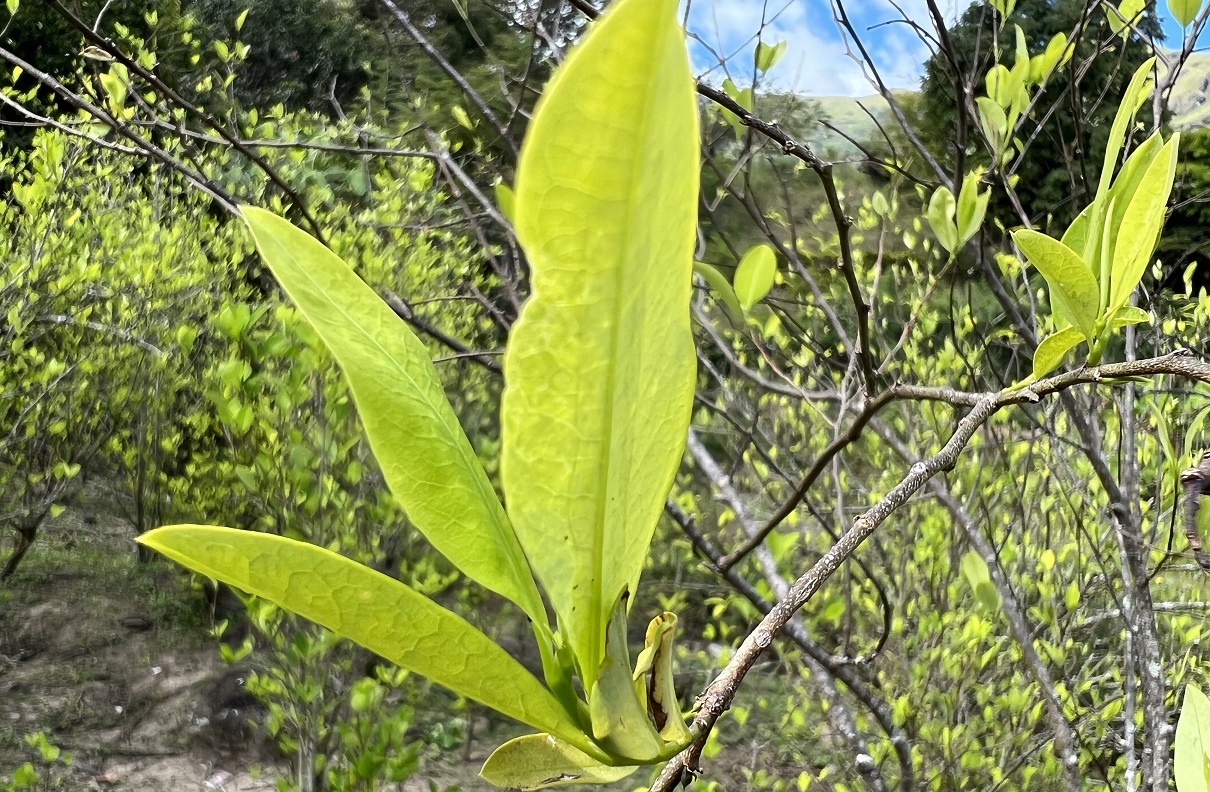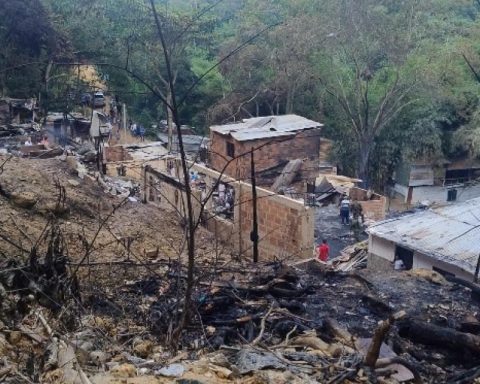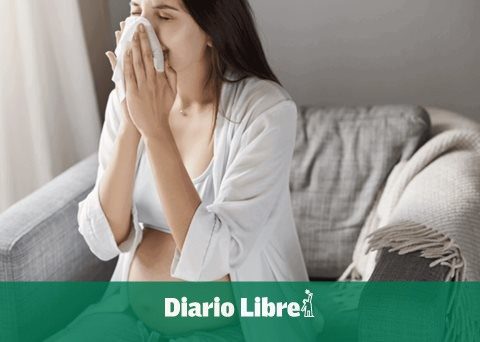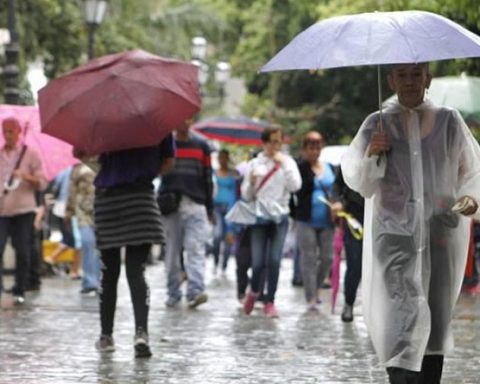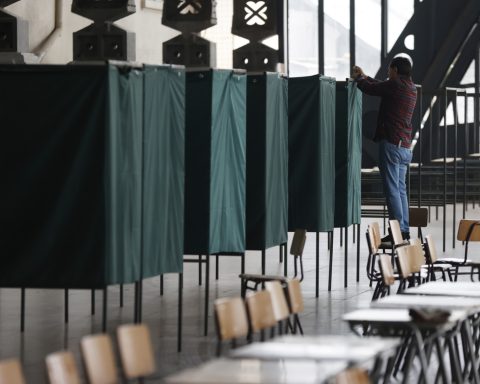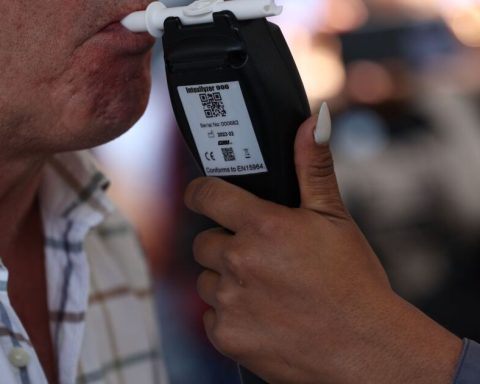He says that it is necessary “to recognize our peasant, indigenous and even Afro communities, in the care of our coca leaf, that they be our own communities, that they can be supported so that this transformation can take place and they are not persecuted” .
In areas such as the village of Lerma they use coca to ‘mambear’to make traditional remedies, prepare cookies and even to make it part of the local gastronomy.
They are convinced that this type of action can address needs such as hunger and malnutrition.
You may also be interested in: James Webb Telescope Reveals Its Image of the Southern Ring Nebula
“This is an exercise that we need to do together to articulate actions, processes, knowledge and languages that allow us to carry out these proposals”, points out Dora Troyano.
In Colombia there are 14 initiatives of coca leaf producers, from the Sierra Nevada de Santa Marta to the Amazon. Some of the processes are supported by institutions such as SENA and seek to defend the traditional use of the plant.
